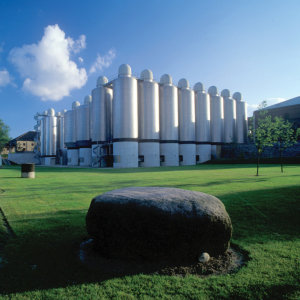What to Know About Locating in a Cluster
As a study of two industry clusters in Denmark shows, factors that can make clusters attractive — easy people movement and knowledge spillovers — can also make it harder for individual companies to retain proprietary knowledge.
Topics
There is ample evidence that geography matters for innovation. Innovation flourishes when workers are in close proximity to each other, where face-to-face encounters and job changes foster the flow of knowledge and the exchange of ideas. As Michael E. Porter of Harvard Business School and other scholars have noted, many companies choose to locate in industry clusters — regional concentrations involving a particular industry — on the presumption that they will gain an advantage in learning or in hiring workers with relevant skills and knowledge, and by being near suppliers and complementary businesses. Face-to-face interactions, formal and informal, frequent and repeated, become more valuable in an uncertain, complex world in which context is very important (what Eric von Hippel of the MIT Sloan School of Management calls “sticky knowledge”).
One of the most effective ways knowledge gets transferred is via people changing jobs. The knowledge might be know-how on tricky production methods or experience in conducting research. Businesses that impose noncompete provisions on their employees recognize this as “residual knowledge,” knowledge that a person cannot be prevented from taking upon leaving. That’s also why they target specific competitors when recruiting. In recruiting, local job switches are easier than long-distance ones — hence, the benefit of being in a cluster.
If the knowledge carried around in people’s heads is one of the valuable assets of a cluster, then tracking job changes should yield insights. Are there patterns that help companies be more competitive or respond to market threats? Does the makeup or the organization of a cluster make one cluster more attractive than another? How can a manager leverage the strengths of a cluster to maximum advantage? Are there any downsides to being in a cluster?
To explore these questions, we used LinkedIn’s Recruiter Lite tool to trace the career paths that many professionals display in their profiles. Professional profiles typically contain the individual’s current and past employers, education level, schools attended, industry, job function, and self-declared areas of expertise. We were able to sort people by experience level and present geographic location. We compared two Danish clusters: a vibrant life sciences cluster centered in Copenhagen, Denmark, and a faded wireless telecommunications cluster in North Jutland, near Aalborg, Denmark.


Comment (1)
tony.omalley@adelaide.on.net